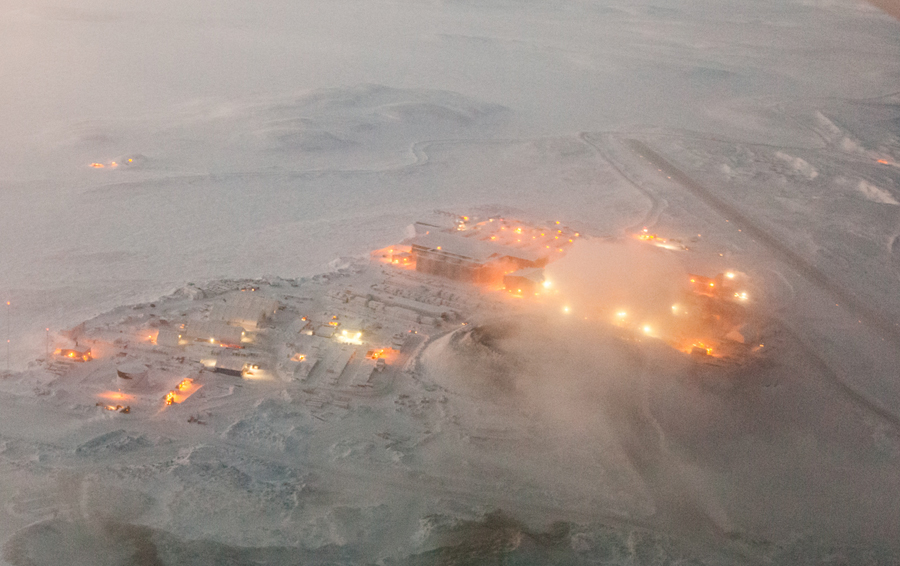
According to the World Gold Council’s Gold Demand Trends report released Tuesday primary gold production hit another record in 2017 after nine years of annual growth in output.
Overall mine production totalled 3,268.7 tonnes or just over 105m troy ounces in 2017 which was only slightly higher than in 2016 as new mine starts in recent years have mostly served to fill the gap left by production losses elsewhere according to the WGC report. Compared to 2010, global gold output has surged by 525 tonnes or nearly 17m ounces.
The WGC, an industry body, estimates that output in China – the world’s top producer – fell 9% last year, only the second annual drop in production since 1980. China, which overtook South Africa as the number one miner of the metal in 2007, produced 455 tonnes of the yellow metal in 2016 according to US government figures.
Compared to 2010, global gold output has surged by 525 tonnes or nearly 17m ounces
Stricter environmental regulations in China relating to cyanide in tailings imposed in 2017 resulted in the closing of some marginal operations over the course of the year. In February last year Beijing announced plans to reduce the number of gold mines to around 450 from more than 600 before and shutting down40 tonnes of outdated production capacity by the end of 2020.
The WGC report also points to a fall in Tanzanian mine production due to a ban on concentrate exports introduced in March. The ban continues to impact output from Acacia Mining’s Buzwagi project, while the Barrick Gold-controlled company is also in the process of reducing operations at its primary Bulyanhulu project to help manage losses.
Russian output was boosted by Moscow-based Polyus hot commissioning of its $2.2 billion Natalka mine in September and first doré production in December. Natalka is expected to ramp up to capacity of 420–470,000 ounces by the end of the year.
According to the WGC report, in Indonesia, the mining of higher grade ore at Freeport-McMoran’s Grasberg copper-gold mine helped boost mine production by 11% during the fourth quarter and the mining of higher grades is likely to persist into 2018. Grasberg produced 580,000 ounces of gold during the first half of 2017.
In Canada, the Hope Bay (Q1 start) and Brucejack (Q2 start) projects, as well as Q4 start-ups Rainy River and Moose River, contributed to a 5% increase during the final quarter of the year.
Several West African start-ups – Fekola and Yanfolila (Mali), and Houndé (Burkino Faso) – also entered production towards the end of 2017 according to the report.

Comments
Robert Harbord Hamond
Its supply and demand folks, so hold onto your hat.